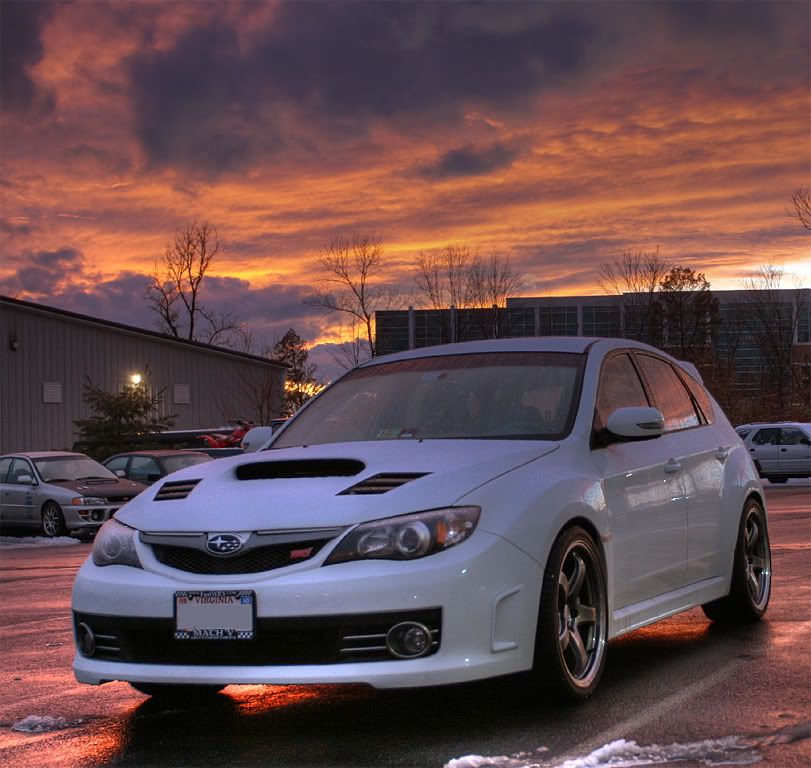 We have a new 3M carbon fiber-look wrap material that we're selling. It's not really carbon fiber, but it looks very convincing. Unlike carbon fiber, it bends around tight corners and, with the application of a little heat, can stretch and cover convoluted surfaces. It's self-adhesive and pretty easy to apply. (There are other carbon-look materials that are fabric-based and require spray adhesive to put on. This is a lot easier.)
We have a new 3M carbon fiber-look wrap material that we're selling. It's not really carbon fiber, but it looks very convincing. Unlike carbon fiber, it bends around tight corners and, with the application of a little heat, can stretch and cover convoluted surfaces. It's self-adhesive and pretty easy to apply. (There are other carbon-look materials that are fabric-based and require spray adhesive to put on. This is a lot easier.)I took a couple of hours and applied the material to the dash of our WRX STI. For an amateur, I think I did a pretty decent job. I popped the silver dash inserts free of the dash, and wrapped them each in the carbon-look material. I trimmed out the vent openings so the "open" and "closed" indicators show. I also removed and wrapped the steering wheel button inserts to match. Tools used: Heat gun (a hair dryer would do), Exacto knife.
Subaru makes a "carbon look" dash kit for the
 older WRX cars, although they don't make one for the current generation. I think this is far more convincing than any previous faux carbon I've seen.
older WRX cars, although they don't make one for the current generation. I think this is far more convincing than any previous faux carbon I've seen.Several customers have asked me about doing the roof of the car in this. It won't last forever (3M says 3-4 years in exterior application, and that's in a vertical mounting), but it should look pretty good. We can cut a large enough piece for that, too.
So far I've received mostly positive feedback about this particularly modification to the car, although a few have decried the fact that this is strictly cosmetic, and has no useful function. Well, that's true, but I'm in good company; I've seen similar dash treatments -- and this is factory-issue, not applied by the consumer -- on high-end Mercedes and BMW cars recently. What do you think, readers?




















